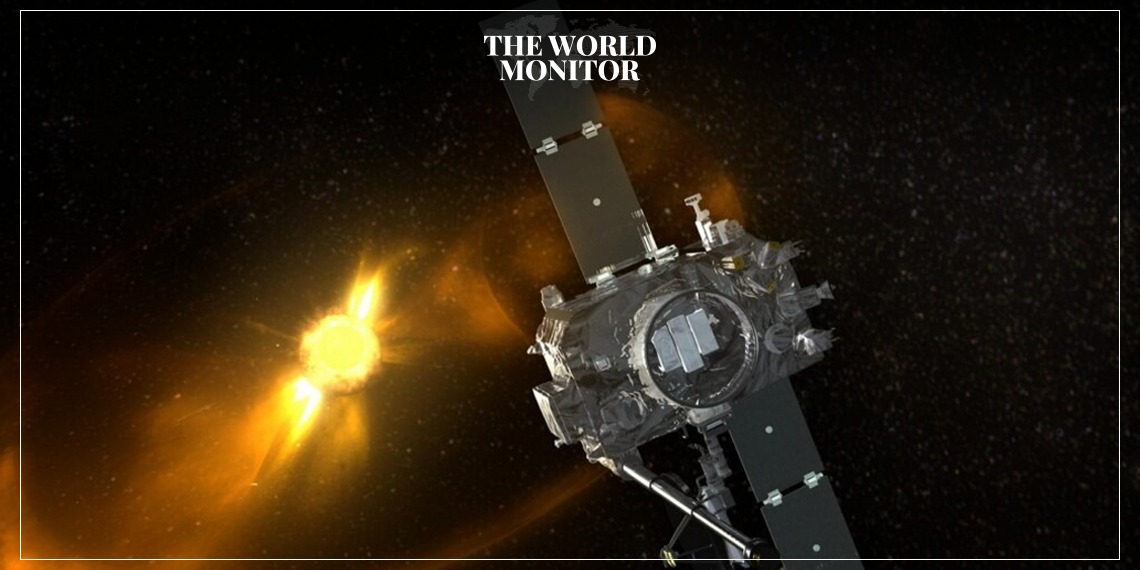A significant milestone is on the horizon for NASA’s groundbreaking solar observation mission. The “Stereo A” probe, launched in tandem with its counterpart “Stereo B” in 2006, is rapidly approaching its solar destination.
The primary objective of these twin probes is to capture three-dimensional images of the sun and study its dynamic interactions with Earth.
As the probes journeyed through space in orbits paralleling Earth’s path, they recently aligned to create a crucial 180-degree separation in 2011. This alignment offered humanity its first-ever comprehensive view of the sun in its complete spherical form, a feat achieved through the collaboration of the United Press International news agency.
NASA’s “Stereo” program, dedicated to solar research, emphasized the significance of this breakthrough. Prior to this achievement, observations of the sun were confined to a single plane, limiting our understanding to a partial view. The Stereo mission shattered these limitations, presenting the sun as a fully realized three-dimensional celestial body.
Despite the loss of contact with the “Stereo B” probe in 2014, its counterpart “Stereo A” has soldiered on, continuing its groundbreaking mission. The probe’s relentless pursuit of solar insights has propelled our understanding of the sun’s complex dynamics and paved the way for unprecedented discoveries.






